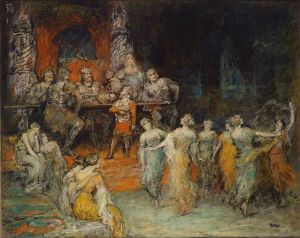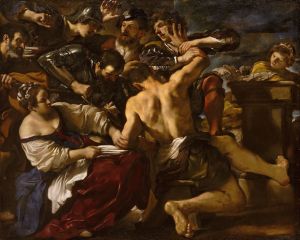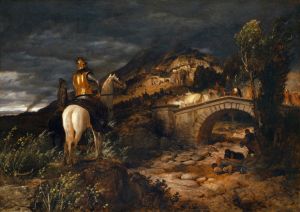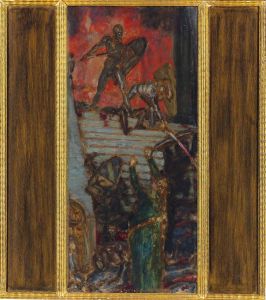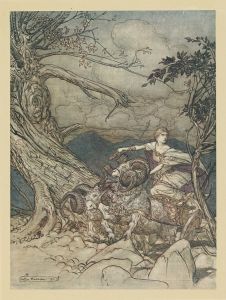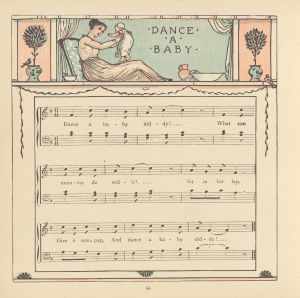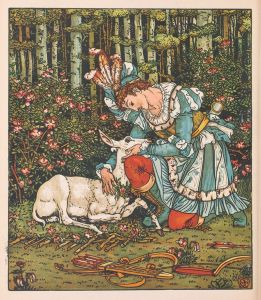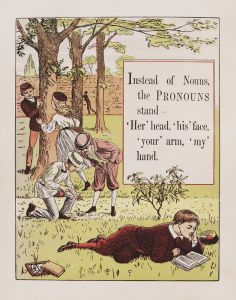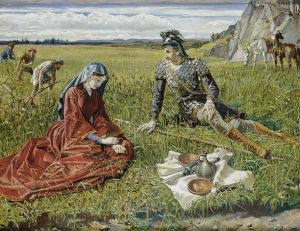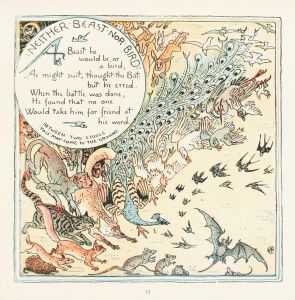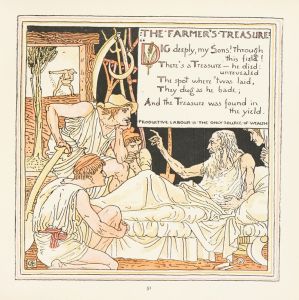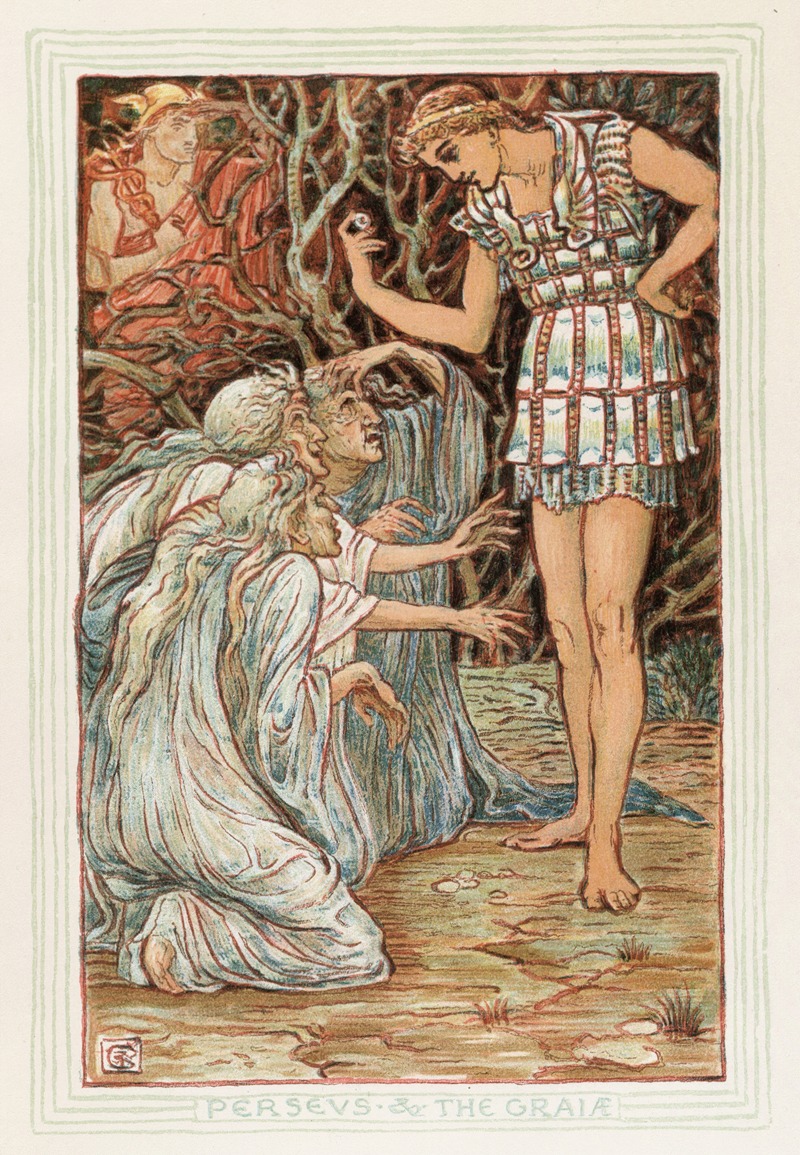
Perseus and The Graia
A hand-painted replica of Walter Crane’s masterpiece Perseus and The Graia, meticulously crafted by professional artists to capture the true essence of the original. Each piece is created with museum-quality canvas and rare mineral pigments, carefully painted by experienced artists with delicate brushstrokes and rich, layered colors to perfectly recreate the texture of the original artwork. Unlike machine-printed reproductions, this hand-painted version brings the painting to life, infused with the artist’s emotions and skill in every stroke. Whether for personal collection or home decoration, it instantly elevates the artistic atmosphere of any space.
Walter Crane was a prominent English artist and illustrator, known for his contributions to the Arts and Crafts Movement and his work in children's book illustrations. One of his notable works is the painting "Perseus and The Graia," which reflects his interest in classical mythology and his distinctive artistic style.
"Perseus and The Graia" is a depiction of a scene from Greek mythology involving the hero Perseus. In the myth, Perseus is tasked with slaying the Gorgon Medusa, a creature whose gaze could turn people to stone. To accomplish this, Perseus seeks the help of the Graeae, three sisters who share one eye and one tooth among them. By stealing their eye, Perseus coerces them into revealing the location of the nymphs who possess the magical items he needs for his quest, including winged sandals, a reflective shield, and a cap of invisibility.
Crane's painting captures the moment of interaction between Perseus and the Graeae. His style is characterized by a strong use of line and a keen attention to detail, which are evident in the intricate depiction of the figures and their surroundings. The composition likely reflects Crane's background in illustration, with a focus on narrative clarity and visual storytelling.
Walter Crane was deeply influenced by the Pre-Raphaelite Brotherhood and the broader Arts and Crafts Movement, both of which emphasized a return to the detailed, vibrant, and symbolic art of the medieval and early Renaissance periods. This influence is apparent in "Perseus and The Graia," where Crane combines mythological themes with a decorative approach to composition and color.
Crane's work often carried a moral or educational component, aligning with the ideals of the Arts and Crafts Movement, which sought to bring art into everyday life and make it accessible to all. While "Perseus and The Graia" is rooted in mythological storytelling, it also reflects Crane's broader artistic philosophy, which valued beauty, craftsmanship, and the power of narrative.
Throughout his career, Crane produced a wide range of works, including illustrations for children's books, political cartoons, and decorative arts. His contributions to the field of illustration were significant, and he is remembered as one of the leading figures in the development of children's literature as an art form.
"Perseus and The Graia" is a testament to Crane's skill as both an artist and a storyteller. It exemplifies his ability to bring ancient myths to life through his unique artistic vision, combining elements of fantasy with a meticulous attention to detail. The painting remains an important part of Crane's legacy, showcasing his talent for blending narrative and art in a way that continues to captivate audiences.





